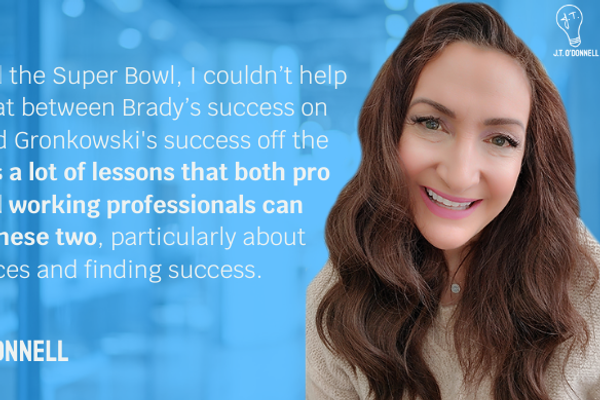
Being laid off multiple times can feel overwhelming, especially when it happens back to back. It's a scenario that leaves many professionals struggling to articulate their experiences during job interviews. The truth is, while it’s natural to internalize blame, being laid off isn’t necessarily a reflection of your abilities or worth. Here’s how to reframe your perspective and confidently explain your situation.
Why Being Laid Off Feels Personal
The initial reaction to a layoff is often self-doubt. You might think, “If I was good enough, they would have kept me.” But layoffs often have more to do with external factors than personal performance. Market shifts, company restructuring, or declining relevance of certain skill sets are common reasons people are let go.
When it happens a second time, the self-doubt can deepen. You might think, “Lightning doesn’t strike twice—this must be my fault.” However, the reality is that back-to-back layoffs often follow a pattern. For example, if you transitioned to a similar role after your first layoff, the second company may have faced the same challenges, leading to another layoff.
Understanding the Pattern
 Bigstock
BigstockHere’s a common scenario:
- Your skill set or department becomes less relevant to the organization, leading to a layoff.
- In your urgency to find a new job, you accept a similar role in a company facing similar challenges.
- The new employer eventually encounters the same issues as the first, resulting in another layoff.
This cycle doesn’t mean you’re at fault. Instead, it highlights an opportunity to analyze the circumstances and make more strategic career moves.
How to Explain Back-to-Back Layoffs
 Bigstock
BigstockWhen asked about consecutive layoffs in an interview, your goal is to show accountability and growth. Here’s how you can craft your response:
1. Acknowledge the experience
Start with an honest reflection, framing it as a learning opportunity.
"If you had told me three years ago that I’d experience two layoffs back to back, I wouldn’t have believed you. But looking back, I’ve gained clarity about what happened and what I’ve learned from it."
2. Analyze the situation
Demonstrate that you’ve thoughtfully considered the circumstances and identified patterns.
"At my first company, there were signs that my department’s role was becoming less relevant. I stayed until I was laid off, and then quickly found a similar job. Unfortunately, I didn’t realize that my new employer was facing the same challenges. That led to a similar outcome."
3. Show accountability and growth
Explain how you’ve adapted and what steps you’ll take moving forward.
"Looking back, I can see two key lessons. First, I should have started exploring new opportunities as soon as I saw signs of instability at my first employer. Second, I should have broadened my job search to include roles where my skills could align with more stable, forward-looking organizations. These experiences have helped me refine my career strategy, and I’m committed to finding a role where I can make a long-term impact."
This response conveys intelligence, accountability, and a commitment to growth—qualities any employer values.
The "Experience + Learn = Grow" Model
 Bigstock
BigstockThis approach is rooted in the "Experience + Learn = Grow" framework, which ensures your answers are structured, articulate, and professional. It's the best way to answer those tough behavioral questions in job interviews.
Using this method, you can:
- Share your story with confidence.
- Highlight what you’ve learned.
- Showcase your ability to grow from challenges.
Your Next Step
If you’re ready to master tough interview questions like this, Work It DAILY offers the tools you need. Sign up for a 7-day free trial to access our interview prep program and learn how to craft responses that position you as a must-have candidate.
Being laid off multiple times doesn’t define your career—it’s how you respond and grow that truly matters. Use these strategies to turn past challenges into a compelling story of resilience and adaptability.
Good luck! Go get 'em.

 Bigstock
Bigstock Bigstock
Bigstock Bigstock
Bigstock


